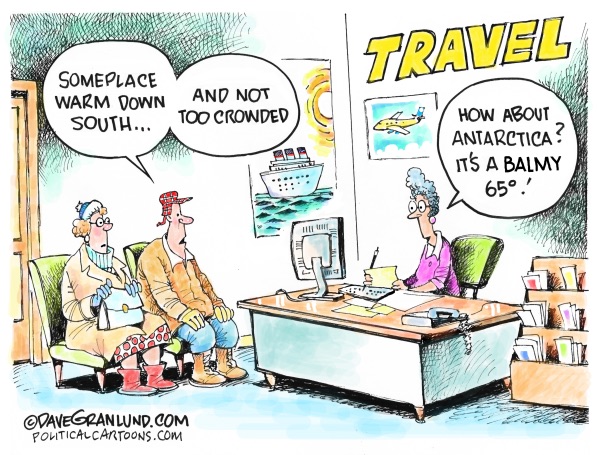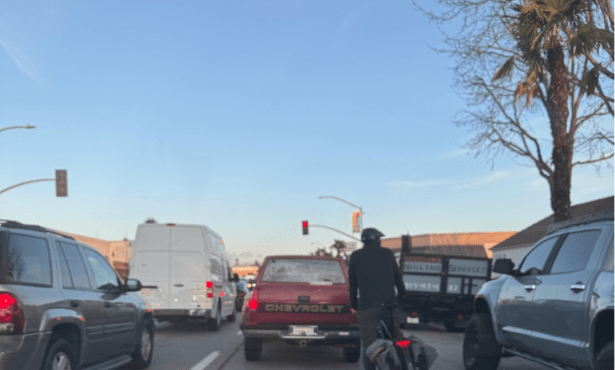We Need a County Climate Safety Plan
Fast-Warming Santa Barbara County Has Yet to Respond Comprehensively

Santa Barbara County is warming faster than virtually anywhere else in the United States, and the consequences are wrenchingly clear in the mass casualties and destruction caused by Thomas Fire and Debris Flow two years ago.
Despite these wake-up calls, we as a community have yet to respond in a coordinated, innovative, and systemic way to the threat of a changing climate. In 2015, county officials pledged to reduce greenhouse gas emissions by 15 percent from 2007 levels. Two years later, emissions instead exceeded 2007 levels by 14 percent, according to a Washington Post report. Already, we’ve exceeded the 2 degree Celsius warming limit set at the historic Paris Climate Accords.
If we want to keep our community safe, there can be no piecemeal solution to the climate crisis. That is why I’m calling for a comprehensive Climate Safety Plan that will hold our county accountable to its scope and timeline. It is time to take on the difficult work we know is necessary for a sustainable future in the communities we love. First and foremost, it is about safety: people need to feel safe where they live, despite the extreme weather events that are our new normal.
A County Climate Safety plan — similar to Santa Barbara’s Food Action Plan — will build on the work of the Community Environmental Council, where I recently served as president of the board, so that we can innovate and better plan for fires, wind, drought, and sea-level rise. This takes both leadership and a sense of urgency from the Board of Supervisors, especially in the 1st District, which was most impacted by the Thomas Fire. Yet, unfortunately, since 2017 the board has devoted six times the amount of its meeting time on the controversial cannabis ordinance than it has on climate change.
Here’s my plan:
- Invest in microgrids. Microgrids are small networks of electricity users with a local source of supply that is attached to a centralized national grid but is able to function independently. They provide an unparalleled trifecta of economic, environmental, and resilience benefits to communities. The benefits of microgrids were on full display last fall, when heightened risk of fire led to power shutoffs for millions of Californians. In Fremont, where local officials installed a microgrid around their three fire stations, the community rested easy, knowing that emergency services would be there despite PG&E shutting off power to the region as a whole.
- Schools as safe havens. I support creating microgrids for emergency services at our public schools, based on a belief and a commitment that our schools should be safe havensin a time of disaster — places that the entire community, regardless of income, can rely on for food, shelter, information and resources. As the primary advocate of sustainability on the Board of Education, I am proud that Santa Barbara Unified School Board has already moved in this direction, voting on December 16, 2019 to fund the first phase of this microgrid transition.
- Water Security is Front and Center. We need to investigate every opportunity to make sure we have enough water by forging alliances with local governments and water-rich private enterprises to institute recycling, more robust desalination and ground water sustainability. There is no silver bullet, and an integrated approach requires cohesive cooperation amongst often entrenched stakeholders.
- Tax-payer-funded institutions should lead the charge. In 2020 there’s no excuse for overspending on utilities when so many solutions such as solar and electric cars are readily available and cost effective. We also know that every dollar spent in emergency preparation saves seven dollars in emergency response. Since day one on the Santa Barbara Unified School Board, I have pushed us to be more efficient in our tax-payer spending by calling for a shift to alternative sources of energy, less water usage and more oversight of our utilities budget. Santa Barbara County must lead in this regard, the way that Direct Relief has, as an example.
- Get serious about transportation. We love our cars in California and as a result we’re well above the national average with 40 percent of greenhouse gas emissions coming from transportation, and most of that comes from the cars we drive every day. Our county must more aggressively confront this reality with a steady hand and innovative solutions: exploring mass transit along the 101 while continuing to invest in rebates and other incentives for electric vehicles and electric bicycles. To accomplish that, we need bold leadership to set goals.
Environmental stewardship is in the DNA of who we are as Santa Barbarans. I share with many of you a deep commitment to understanding and acting upon the severe threats posed to our region by a changing climate — it is a primary reason I am a candidate for supervisor. Equally critical, I have the experience, relationships and collaborative ability to build on the work of the Community Environmental Council’s Climate Resilience roundtable discussions to implement a comprehensive Climate Safety Plan that will preserve our way of life on the central coast, and bring us into a safer, more sustainable future.
I hope I can count on your vote, so we can tackle these challenges together.



